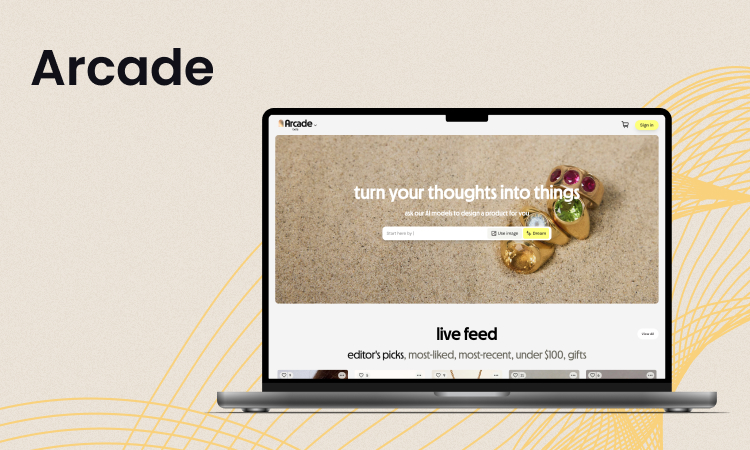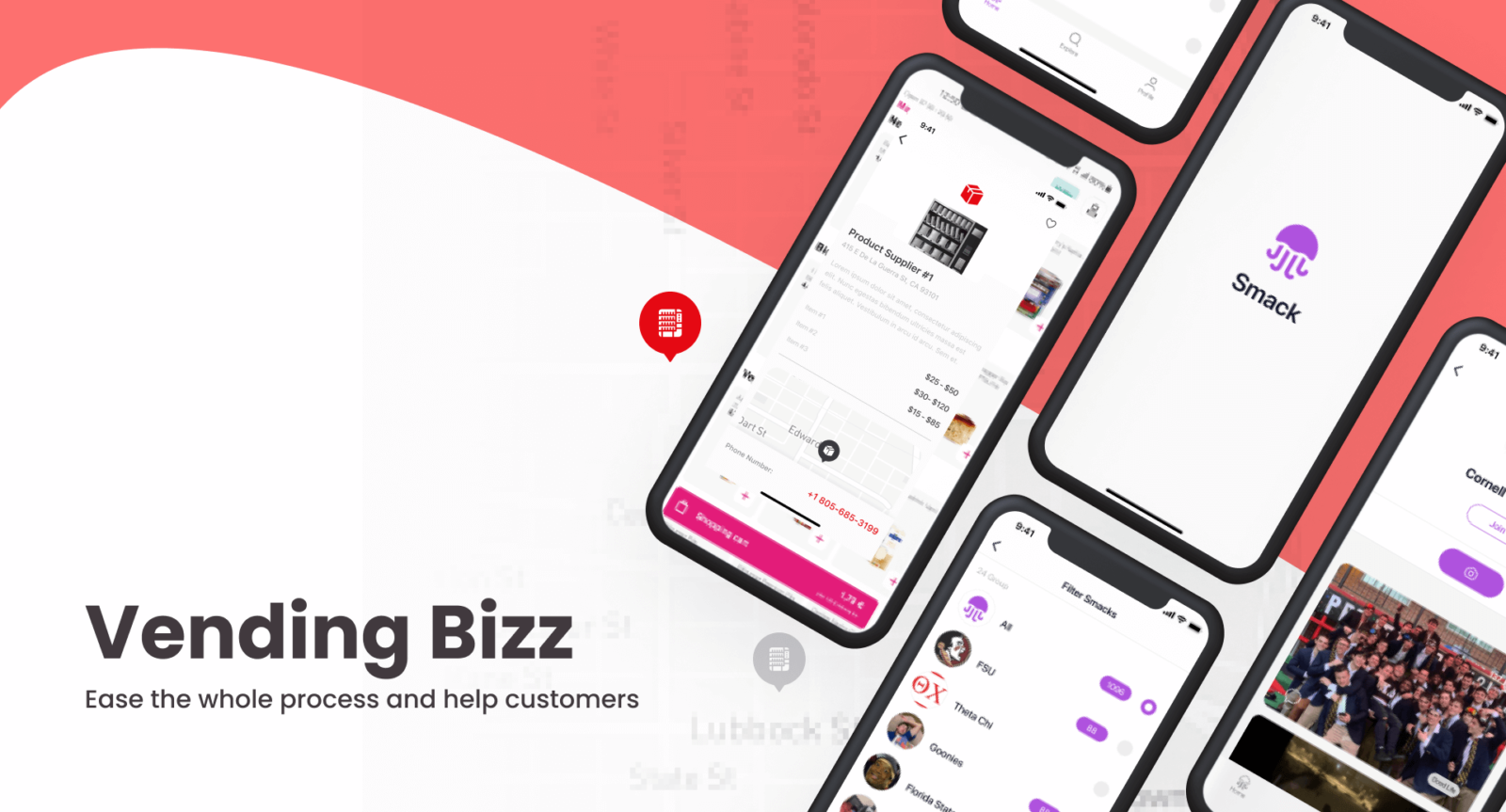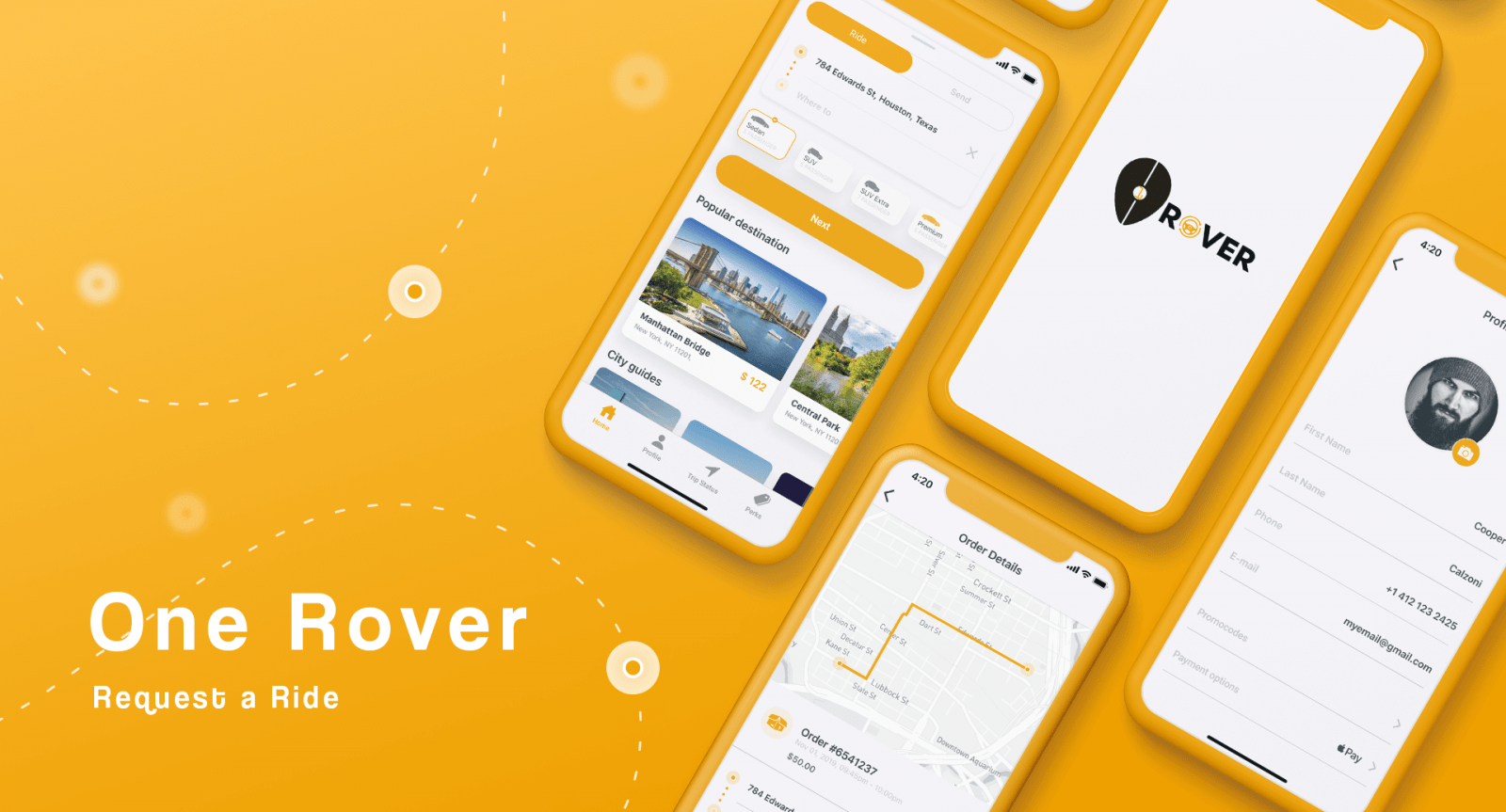Today’s internet shopping trends are rapidly growing. People turn to web services for various purposes: order food for a comfy evening, clothes, jewelry, and alcohol for a great party. Due to the rapid growth of digital solutions, consumers choose to buy everything online and be delivered by their door.
On-demand applications in the delivery sphere are booming with new integrations. They offer ultimate convenience and numerous products for people to choose from. And among all services, the alcohol delivery solutions were absolutely taking the market with a revenue of USD 222,098M last year.
Experts found that alcohol delivery app development is also popular among investors and restaurant owners, as these products are usually far away from home. During the COVID-19 pandemic, people started to order it from various places more than ever before. Taking the market by liquor delivery mobile app development could be an amazing way to help customers get their favorite drinks via the internet, and investors enter the most profitable industry in 2021.
This article outlines various aspects of developing such apps, explaining how to overcome all competitors with brand-new features, monetization opportunities, and much more. And the first step is to understand the market better. Our manager will be happy to get you through all vital questions and help you start today!

Why Start an Alcohol Delivery Service App?
People are now particularly concerned about their health as a result of coronavirus breakout. Therefore, consumers turn to online shopping rather than going to physical stores, meaning they opt for mobile applications rather than real stores. This is how an alcohol delivery app gained interest with its delivery to a customer’s doorstep, ensuring safety and making users feel secure and satisfied.
Today’s global alcoholic beverage business is said to grow to 1.684 billion dollars by the end of 2025. For instance, in 2017, the industry’s value of the same products was $1.439 billion. The numbers are significantly growing; the same happens with applications offering these items. Nevertheless, alcoholic beverages delivery is not the same as food delivery. The first one requires an app to have a special license to freely order and deliver products to customers’ doors. Also, this market is full of rules that should be followed at the very beginning of online alcohol delivery app development.
Although certain criteria could be challenging, the opportunity for a business row is enormous. With mobile phone usage increasing at a rate of 70% each year and the small impact of the pandemic on this industry, it can be safely said that investors will be happy with the final results. Below we listed what to know before, during, and after on-demand liquor delivery application development, so everything is by your hand.
Must-Have Features That Make Your On-Demand Liquor Delivery Mobile App Great
-
1 Social Login/Sign Up
When developing an alcohol delivery app, you should make sure the final product will enable users to easily log in or sign up using their social media account, email, or something they tend to use. This is a welcome feature that will give your customers a first impression.
-
2 Push Notifications
This feature keeps the users informed about all vitals: their order status, discounts, special offers, birthday presents, or news about restocking. It will help you to gain a higher return to the app if a user has not performed any action for a few days. Remembering about your services is a good way to stay in touch with them.
-
3 Age Verification Document Upload
This feature should be included in your app, as it will allow customers to upload vital age verification documents to their profile to make sure they are eligible to buy alcohol online. This will also prevent any unpleasant outcomes for you in case you bring alcohol to people under the age of 18.
-
4 In-App Chat
Using in-app chat, users can quickly communicate with the delivery agent or support team without calling or looking for it on the website. Using this feature, customers can verify the order status as well as help the courier easily reach the needed location.
-
5 Navigation
All delivery apps should be implemented with a GPS location identifier. This helps the users to track the delivery in real-time and be ready when they come to their door. The tracking screen should also record and display the approximate arrival time when users receive orders.
-
6 Voice Command
This is not an obvious but highly recommended feature to include in your liquor store delivery app development. This could make your application outstanding among competitors and very popular among tech-savvy customers. An opportunity to make an order via voice services like Siri or Amazon Alexa sounds really unforgettable and worth trying.
-
7 Online Catalog
Everyone wants to see the menu available for ordering online and doesn’t want to go outside of the app or call the chosen store for purchasing. Therefore, make sure you include an online catalog where the vendor lists a massive stockpile. This function eases the whole ordering process, which will attract customers.
-
8 Payment Options
No one likes when apps offer only one payment option. So it is vital to allow users to choose whether they want to pay by card or cash directly to the courier, or maybe they tend to pay online using eWallets, PayPal, or another well-known payment method.
-
9 Smart Filters
Pleasant to have, but the not necessary feature is filtering. This also helps users make the preferable choice depending on what they like and quickly get them to the last stage of ordering. No mess, no efforts, just what you like; what sounds better?
-
10 Multilingual Support
Language-oriented support is a vital feature for any startup thinking about how to make alcohol delivery app. If you want to expand the business into the worldwide market and get a wide target audience, create multilingual user support to expand their services to an international market.
-
11 Shops Near Me
This location-based feature will give users access to liquor stores near them. This can make your app highly handy for customers and store owners alike to deliver things easily and efficiently.
-
12 Remember Orders
When users place an order via your application, the details of the purchase go to the cloud, making it convenient for both users and shop owners to replay the information anytime they want and to place another order based on their previous purchases.
-
13 Loyalty Programs
A strong loyalty program will encourage prospective users to order from your mobile delivery service. You can award special offers or discount vouchers to the loyal customers of the app and retain more users in the longer run.
-
14 Queue Algorithm
By integrating a queueing algorithm in your alcohol delivery app, you will ease the management and processing. Once a new order is placed, the algorithm will select the nearest courier and will assign that order.
Get in touch to build a multifunctional, user-friendly, secure mobile app for your business.
Get an estimate
5 Easy Steps if You Want to Develop an Alcohol Delivery Application
-
Design an app concept
At the very beginning of our app development, the first thing you have to do is sketch up your idea and design a plant. Figure out the problem the app will solve, what target audience you want to achieve, what features you need to include, and other things that will allow you to understand what concept you have to achieve.
-
Create Mockups/Wireframe
Your drink delivery application’s design aims to provide an easy-to-follow user experience that will be smoothed and hassle-free. Every mobile app’s success relies on its functionality and interaction with user’s decisions. The main responsibility of UI/UX design for your product is to ensure the interface is easy to use, provide exceptional user experiences, all actions are dynamic, accessible, and user-friendly. Wireframes are a go-to option to build an on-demand alcohol delivery app’s design and check through them during the development and updating process.
-
Hire the niche-down development team/company
In any case, you will need a tech team to turn your thoughts into reality. When looking for a development team, you must ensure they have relevant experience and a strong background in on-demand alcohol delivery app development.
-
Choose the right monetization model
There are numerous ways to generate income from an alcohol delivery app, and below, we listed the most common ones:
- Commission
This is the most basic and often used monetization model in delivery apps today. Every purchase produced using your application is subtracted from a predetermined amount of money in the form of a commission.
- In-app advertising
When your app gains interest among people, you can get attention from the targeted audience by putting in-app advertising. These promotions can be found almost in every platform as they allow investors to grow an astonishing amount of money.
- Provide premium version
This is also quite a popular strategy today to earn from applications. By giving users and sellers alike an opportunity to buy a premium version, you will get a fantastic way to grow revenue. All you need is to consider what features will be available with the new version, like no transaction fees, free shipping, and others.
-
Test the app
Okay, everything is done, and now we should think about quality testing. It is an essential part of mobile app development as by performing testing, you will make sure the app is stable, functional, and secure. Your QA team will test the app on the following:
- Functionality;
- Performance;
- Usability;
- Security;
- User experience.
Our Interexy team is here to help you develop an on-demand alcohol delivery application according to customer base, goals, budget and provide a tailored solution for your business. Reach out to us!
What is the Average Cost to Build an Alcohol Delivery App?
When moving on to the cost to build an alcohol delivery app, it should be emphasized that it depends on various aspects like:
- Included features and functionalities
- Complexity
- Region of a chosen company
- Platform
- Backend complexity
When you think about how to create an alcohol delivery app, start with choosing the following members:
- Frontend developers and backend developers
- UI/UX designers
- Android developers and iOS developers
- Project manager
- Business analyst
- QA engineers
Depending on these factors, an average cost to start an alcohol delivery service app will cost between $30k to $70k. You should also understand that the price could change depending on the delivery network, customers category, chosen network of restaurants, bars, and the cost of every team member if you want to look for everyone by yourself. If you need a more in-depth understanding of vine delivery app development costs, our experts would love to estimate your idea.

Developing an Alcohol Delivery App with Interexy
Interexy knows all minor features on how to create an alcohol delivery app that will gain popularity while being legally compliant due to a solid experience in this niche. We have been a trusted development company for One Rover – a leader in Rideshare cost savings, options, and customer satisfaction.
We designed a delivery application that gives users access to the global courier network of Rover+ so they can send and deliver absolutely anything within one platform. Our UX/UI team focused on a simple and easy-to-follow interface so users won’t get lost and will precisely know every action they perform. By tapping on the app and indicating the size and weight of the package, the Rover+ will deliver every item to the desired destination.
For this project, we have carefully chosen every member to ensure development, designing, and the QA team has relevant experience in the delivery space. This helps us significantly decrease the development process time and make sure the final product will have all necessary features, work within laws, provide a smooth, user-friendly interface, eye-pleasant colors, and is made according to the industry’s latest standards and above.
Our niche-down team is here and ready to put your thoughts into a new reality with any personal ideas and wishes. Contact our manager to discuss everything you want to know!
Final Thoughts
Many investors are looking for brand-new ideas, and when they stop with the delivery niche don’t know how to develop an alcohol delivery application that will grow their business. Since all spaces are changing due to modernization, alcohol delivery also became a go-to idea. This is why in this article, we listed exact scripts on how to develop a liquor delivery mobile app, features that should be included, basic price, and share our own expertise in this niche. And when you are ready to go with the idea, the Interexy team is here to provide a full-cycle development of an outstanding application. Reach us out, and let’s get started!
FAQs About Alcohol Delivery App Development
-
What is the alcohol delivery trend?
The rise of alcohol delivery app development has transformed how consumers purchase liquor, making it more convenient through mobile platforms. With increasing demand for on-demand alcohol delivery app development, businesses are investing in user-friendly solutions that provide seamless order placement, secure payments, and real-time tracking. The trend includes wine on-demand app development and liquor delivery app development, catering to different customer needs.
-
What is on-demand app development?
On-demand app development focuses on creating platforms that connect users with services instantly, such as food, groceries, and alcohol delivery. In the case of alcohol delivery mobile app development, businesses build apps that allow customers to browse liquor selections, place orders, and receive doorstep delivery. Companies often look for a specialized alcohol delivery app development company to ensure compliance with regulations and smooth functionality.
-
Is alcohol delivery legal in the USA?
Yes, but it depends on the state. While online liquor delivery app development is growing, alcohol delivery laws vary across the USA. Some states fully allow on-demand alcohol delivery app development, while others impose restrictions on delivery hours, licensing, or the types of alcohol that can be sold. Businesses should ensure compliance when they create an alcohol delivery app to avoid legal issues.
-
How to build an on-demand delivery app?
To create an alcohol delivery app, follow these key steps:
- Do market research to understand the demand and legal landscape.
- Choose features, including user registration, product catalog, payment integration, and tracking.
- Select a technology stack and work with an alcohol delivery app development company to ensure scalability and compliance.
- Build a user-friendly interface and test the app for performance.
- Deploy the app and promote it to attract users.
For a faster solution, businesses can consider ready-made liquor delivery app development, which offers pre-built solutions that require minimal customization.
-
How much does it cost to develop an on-demand delivery app?
The cost of on-demand alcohol delivery app development varies based on features, platform (iOS, Android, or both), and complexity. A basic liquor delivery app may start at $30,000–$50,000, while a feature-rich app with real-time tracking, AI recommendations, and secure verification can exceed $100,000. Choosing between custom development and ready-made liquor delivery app development also impacts the budget.






